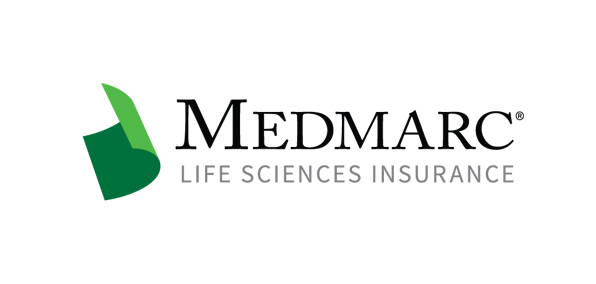FDA Provides Greater Possibilities for Real-World Evidence
In 2023, the FDA prioritized the use of real-world evidence (RWE) for regulatory decision making for medical products, leading to the development of two guidance’s. In both cases, the FDA was compelled to issue guidance for RWE by legislation from Congress, but the agency’s interest in RWE has been a matter of record for more than five years.
In 2018, the FDA published the framework document for an RWE program, the scope of which did not include medical devices and diagnostics. The framework outlines the role of Section 505F of the 21st Century Cures Act in mandating the FDA’s acceptance of RWE and real-world data (RWD). The framework emphasizes that both RWD and RWE be demonstrably fit for purpose, not just in terms of the type of data collected, but also whether the data were collected in a manner that ensures the reliability of the data and any regulatory decisions that are based on those data.![]()
In August 2023, the FDA released the guidance for RWE and RWD for pharmaceuticals and biologics products, which also responds to Section 505F of the 21st Century Cures Act. The guidance defines RWD as data relating to patient health status and/or the delivery of health care services, while RWE is defined as the clinical evidence about the usage and potential benefits and risks of a medical product derived from an analysis of RWD.
Under the terms of this guidance, RWE can be used in support of a new drug application (NDA) and in some cases, a biologics license application (BLA). The types of studies that may be considered sources of RWD are interventional studies, such as randomized, controlled, clinical trials (RCTs), and non-interventional studies, which may include data drawn from registries, electronic health records (EHRs) and medical claims. Data drawn from products used in clinical practice under an emergency use authorization also qualify as RWD.
The FDA recommends that the manufacturer engage with the agency on the use of RWD and RWE early in the development process for the drug or biologic. One of the requirements for the use of RWD is that the manufacturer must be able to demonstrate that the data sources were not selected to favor a certain conclusion. Any computer data systems used to gather data from a non-interventional study must be compliant with Part 11, the regulation for electronic signatures.
The December 2023 draft guidance for RWE in medical device regulatory decision-making is required by the Food and Drug Omnibus Reform Act, 2023, and fulfills the terms of the current medical device user fee agreement. This draft guidance constitutes a proposed update to a 2017 guidance. In addition to therapeutic medical devices, in vitro diagnostics that are subject to regulation under the Clinical Laboratory Improvement Amendments are within the scope of this draft.
This draft lists a number of sources of RWD, including data obtained by digital health technologies in addition to the other sources listed in the final guidance for biologics and pharmaceuticals. The methods used to obtain RWD may enable a study to run for a longer period than might be practicable for an RCT or other traditional clinical study, a fact which may be useful for postmarket surveillance studies. RWD may in some instances be useful in support of a marketing authorization for a new device under the 510(k), PMA and de novo programs, but can also be leveraged for an expanded indication for use for a device that has already been cleared or approved.
Among the other potential uses of RWD and RWE are generation of hypotheses to be tested in a clinical study and as a tool for retraining a device or diagnostic enabled by artificial intelligence/machine learning software. Other uses include providing data that serve as a control group in a clinical study, and to support a petition for a device’s risk reclassification.
The FDA stated that both the agency and manufacturers may need up to 60 days to operationalize the final guidance upon publication. While sponsors may not have information for RWD and RWE available for an application within 60 days of the date of the final guidance, the FDA will review any such submissions whenever they arrive.
For additional resources contact the Marketing department
Phone: 888-633-6272
Medmarc is a member of ProAssurance Group, a family of specialty liability insurance companies. The product material is for informational purposes only. In the event any of the information presented conflicts with the terms and conditions of any policy of insurance offered from ProAssurance, its subsidiaries, and its affiliates, the terms and conditions of the actual policy will apply.
Copyright © 2026 - Medmarc
